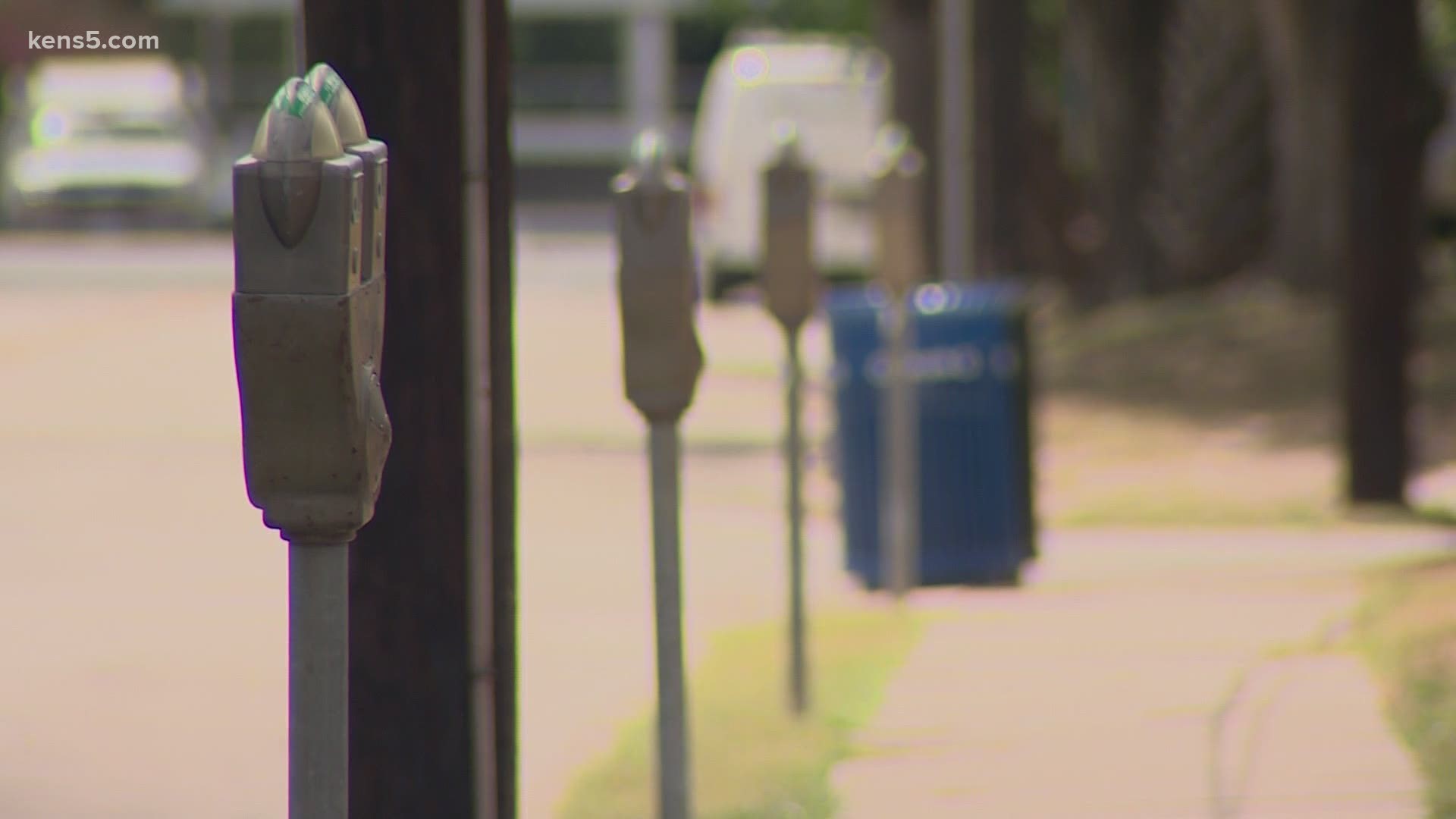SAN ANTONIO — Note: The above video is from July 2020.
The San Antonio Police Department is releasing an interactive dashboard on their "cite and release" program in an effort to increase transparency. Police Chief William McManus unveiled the new tool at an SAPD briefing at the city council's Public Safety Committee meeting Wednesday.
The Bexar County District Attorney's Office's data said that in 18 months, over 3,500 arrests were avoided by using the cite and release policy, saving an estimated $2.67 million in booking costs.
Officers in the field determine if a crime meets the criteria for cite and release. If cited, the person will be referred to Bexar County Re-Entry Center within 30 days. The DA decides an appropriate program, and there is no arrest record if the program is completed.
These are the crimes that cite and release is considered for:
- Class A/B marijuana possession
- Class A/B synthetic marijuana possession
- Class B criminal mischief
- Class B theft, theft of service
- Class B Driving while license invalid
- Possession of contraband in correctional facility
McManus said that class A and class B graffiti is eligible, but SAPD does arrest for those due to the damage to local businesses.
SAPD data showed that most of the officer encounters were with people younger than 40, and almost 3/4 are with men. 16% of those interactions were with Black people, though just 6.9% of San Antonio's population is Black.
City Councilwoman Melissa Cabello Havrda, the Chair of Public Safety, asked about that discrepancy. McManus said that deployment was centered around crime maps and complaints.
"The percentages kind of skew what the numbers say, and the numbers are not that much higher based on the demographics," he said.
Councilwoman Ana Sandoval disagreed.
"I don't think we can deny when we look at the numbers that the impact of our local law enforcement has a disparate impact on the African American community. Now that we know that and we've seen that consistently over a year, we have to ask why just like the chair did, and we have to be aggressive about addressing that," she said. "Knowledge comes with the burden of having to take action, and I don't think we can continue to do business as usual and ignore that fact."
Councilman Clayton Perry was not convinced of that argument.
"I don't think we've ever run into this problem, chief, where people are targeting a particular race or ethnicity," he asked McManus, who agreed. "I'm having a hard time seeing that, and if you look at the statistics and read into the numbers, it's not far off from what the demographics in the city are."
The data shows that Black people make up a percentage of cite and release arrests more than double the percentage of Black people in the local population.
In 2019, McManus suspended a police officer who was captured on body camera saying a racial slur while using excessive force in an arrest. He was later reinstated.
RELATED: Fired by the San Antonio Police Department, these three officers still got to wear the badge
Over half of the encounters from one three-month period were over marijuana possession under two ounces, and arrests were made in over 64% of those cases. The overall release rate was 34%, and the highest release rate was for theft between $100 and $750 (46%).
McManus showed data that said 88% of the arrests were due to multiple charges or outstanding warrants.
The newly introduced an online dashboard helps visualize and sort through this information. The interactive map shows trends and stop locations, and can be sorted by area, race, age, gender and more.

